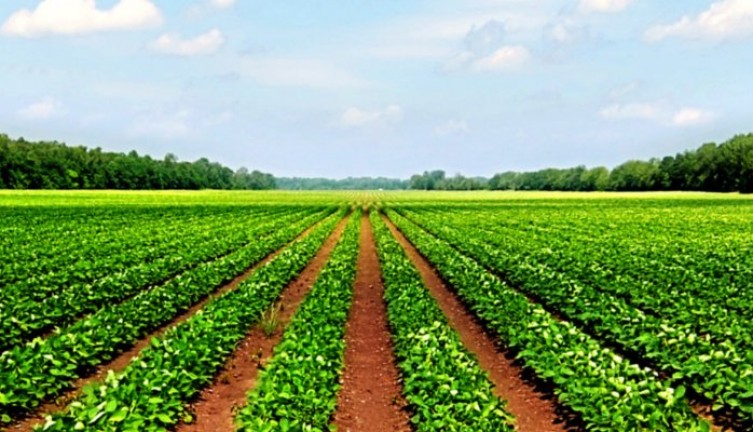Transforming farm buildings into rural homes is a win-win for local residents & farmers
Martin Peat, Director - Richardson & Peat | July 18, 2014
Finding themselves priced out of rural areas where they grew up, younger residents are leaving to find housing they can afford. Thanks to new Permitted Development planning laws however disused farm buildings can be transformed into good quality homes for rent or sale, meaning families can stay in the area and an asset is brought back into use for farmers.
A mismatch between housing supply and demand in rural areas is forcing many residents to move to cities to find good affordable housing for themselves and their families. A solution which could defuse this demographic time bomb, while also giving disused farm buildings a new lease of life, is being trialled by one company across several farms in Cambridgeshire.
In April 2014 the Government confirmed that permitted development rights within the 2012 National Policy Framework would enable change of use of agricultural buildings to residential, flexible (i.e. commercial) or educational use. With many farmers having disused and dilapidated barns or other buildings on their land which are no longer fit for purpose and present a maintenance headache, the potential to turn them into desirable and practical rural family homes and generate income in the process is tempting. In reusing existing building assets the idea is environmentally sustainable as well as being economically sustainable as a new long-term revenue stream for farmers.
As one example in Cambridgeshire, contractor Richardson & Peat has been commissioned by AgReserves Ltd which owns farmland across the county to put together a design team to convert under permitted development their semi-derelict barns into high quality homes for rent to local people.
Permitted development rules
The following rules form a basic guide to developing an agricultural building under permitted development rights:
- Developments cannot be larger than 450m² and must fall within existing footprint.
- The previous use must be solely agricultural.
- The maximum number of separate dwellings on one site is three.
- The building cannot be Listed.
- No previous permitted developments can have been accepted or built on the same farm.
- The site is not in a safety hazard area or site of scientific interest or of military use.
- The site complies with any requirements if it falls within a flood zone.
- The building will comply with current Building Regulations when constructed.
To proceed with taking on this challenge a good architect is essential in understanding not only rural design and planning but also the needs of future occupants. It’s unlikely that an existing barn will be in a condition in order to meet new housing standards in Building Regulations so the adaption of the existing barn must provide a new thermal envelope as a key component to the construction alongside good natural light levels from windows and doors. Structural engineers can also be critical particularly if you are looking at older barns where substantial work is going to be needed to strengthen existing foundations and new and existing floors and walls. Above all the final design should provide a good practical living environment for a family.
With this planning option available farm living gives local people wishing to stay in the area an opportunity that would otherwise not be available and it also opens up the possibility for people looking to move back to a rural surrounding from an urban environment. From a farmers prospective it’s crucial that the building is laid out thoughtfully to maximise its asset value as this is a once only application under permitted development rules. The Cambridgeshire project will widen the housing choices for local residents, but could provide a template for other farmers looking to take up the idea which would create a major impact across the UK. From a financial position farmers looking to develop are likely to be given a fair hearing from lenders given that the land is already a free asset and would bring an impressive return on any borrowing, meaning there is a realistic opportunity to turn thousands of obsolete rural buildings into badly-needed homes for future generations.